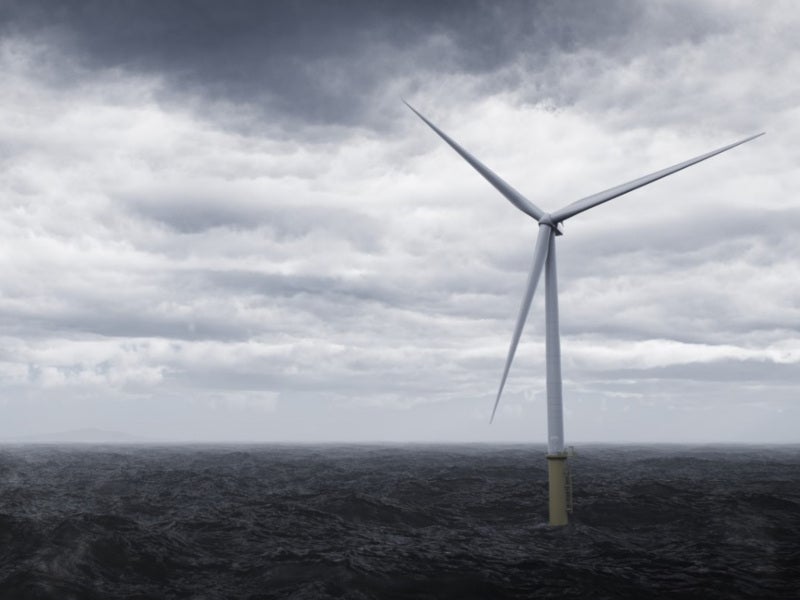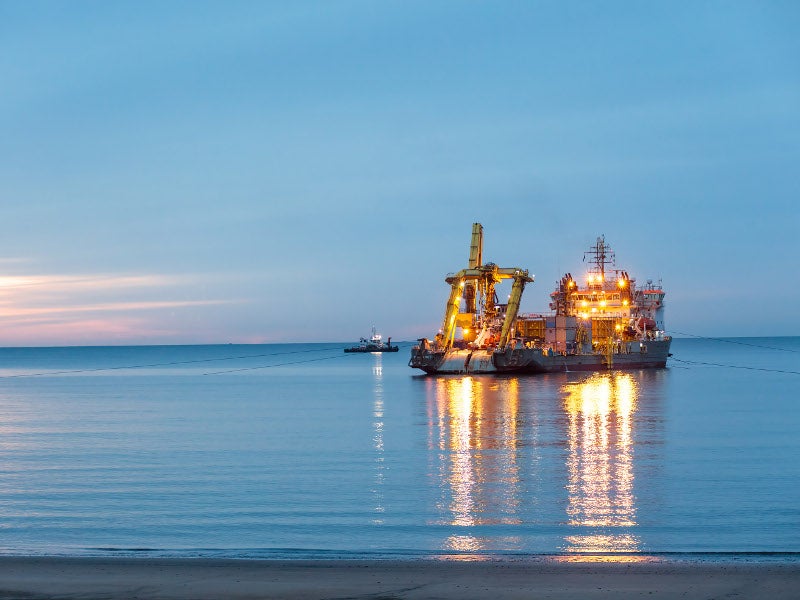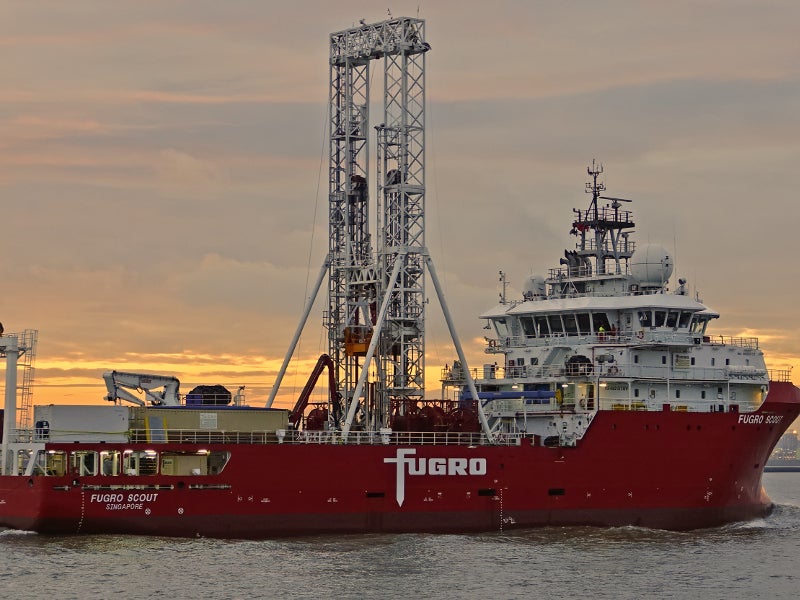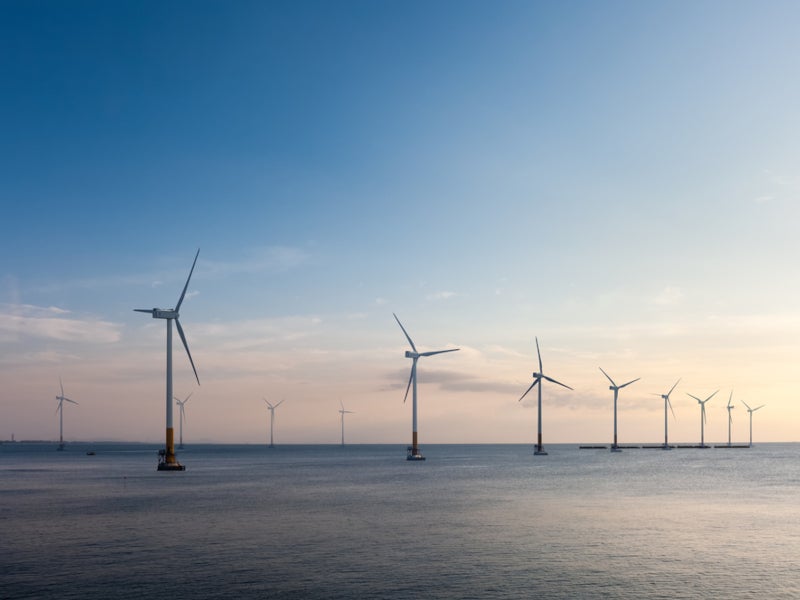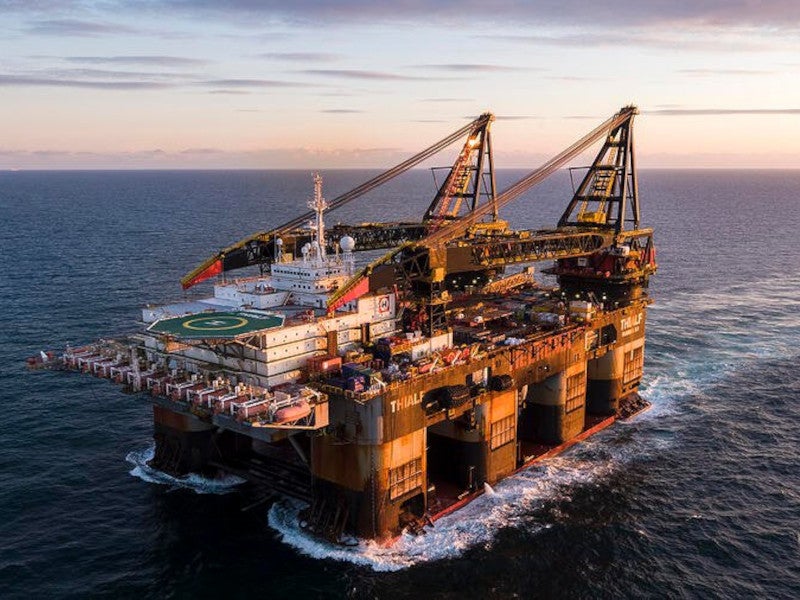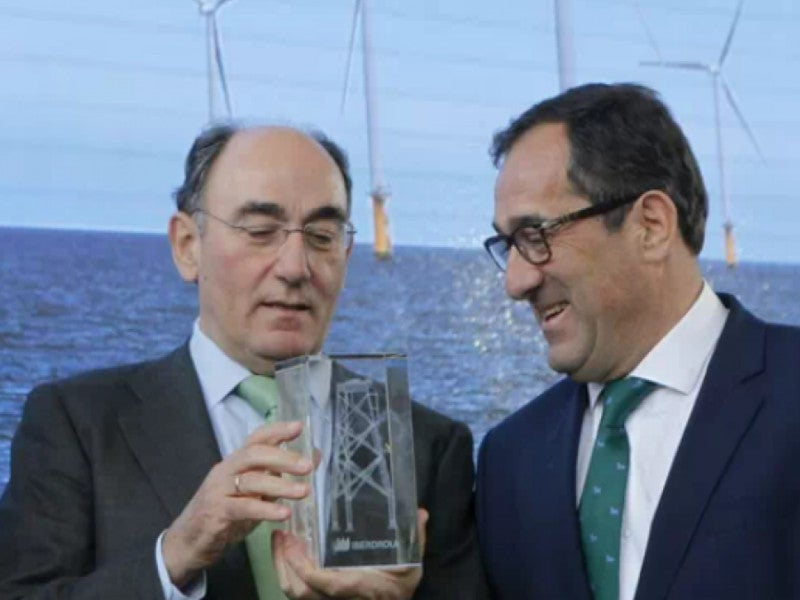Baltic Eagle offshore wind farm is a 476MW wind project being developed in the Baltic Sea, approximately 30km north-east of Rügen Island, Germany.
It is the second major offshore wind project developed by Iberdrola in Germany, the first of which was the 350MW Wikinger wind farm, commissioned in 2017. The company is also developing the 300MW Windanker wind farm in the Baltic Sea, offshore Germany, with an estimated investment of €800m ($927m).
In March 2018, Iberdrola was awarded the tender for the construction and operation of the Baltic Eagle wind farm in Germany’s second offshore wind power tender. Construction of the wind farm began in April 2022, after the company received approval from the German Federal Maritime and Hydrographic Agency (BSH).
Expected to be fully operational by the end of 2024, the wind farm is estimated to offset 800,000t of carbon emissions a year. The annual power generation capacity of the project is estimated at 1.9TWh, which is expected to be sufficient to provide green electricity to 475,000 households.
Baltic Eagle offshore wind farm make-up
The Baltic Eagle offshore wind farm will be spread over an area of 40km² and operated through Mukran port in Sassnitz on Rügen Island. It will be located at water depths between 40m and 45m.
The wind farm will use 50 V174-9.5MW turbines, the latest version of the 9MW platform offshore turbine from Vestas Wind Systems (Vestas). Baltic Eagle will be the first commercial offshore wind farm to use the turbines.
Each V174-9.5MW turbine has a 174m-diameter rotor, 85m-long blades and swept area of 23,779m² (255,955ft²). The nacelles are 21m long, 9m wide and 9m high.
To be installed in 45m-deep waters, the hub and tip heights of each turbine will be 107m and 197m, respectively.
Each turbine of the Baltic Eagle offshore wind farm will be capable of producing 9.5MW of electricity, providing enough power for approximately 8,600 German homes.
The monopiles will have a length of up to 90m, diameter of up to 9m and weight of 1,402t.
The electricity generated by the turbines will be supplied to the offshore substation located onsite for further transmission.
Construction
The monopiles are being fabricated at German company EEW Special Pipe Constructions’ facility in Rostock. Construction of the first monopile was completed in February 2022, and the remaining monopiles were scheduled to be completed by August 2022 and coated by November of the same year. The load out of the foundations is expected to take place in Spring 2023.
The manufacturing of the first transition piece was completed in April 2022, while the remaining transition pieces are expected to be completed by the end of 2022.
Steel pylons with lengths ranging between 75m and 90m will be used in the wind turbine foundations.
Installation and pre-assembling of the wind turbines will be carried out at the Port of Roenne, Denmark.
The offshore substation platform is expected to be delivered in 2022.
Grid connection
German transmission system operator 50Hertz is responsible for the power evacuation and transmission infrastructure of the offshore wind farm.
Iberdrola signed an agreement with 50Hertz for the construction, installation and commissioning of the offshore substation, which will comprise a 2,900t four-legged steel jacket foundation, topside housing transformers and electrical equipment. The foundation will be tied with two hammered piles at each leg. The topside will comprise a closed multi-level module of five decks.
Power generated from the wind turbines will be delivered to the offshore substation, where it will be stepped up from 66kV to 200kV, through inter-array cables.
The electricity will then be exported through two 90km-long, high-voltage subsea cables to the onshore transmission grid at Lubmin.
Contractors involved
In July 2021, Van Oord, an offshore construction company based in the Netherlands, received a contract to transport and install the foundations for the project. The foundations are planned to be installed using the Svanen heavy-lift installation vessel. The contract also includes the supply, transportation and installation of the inter-array cables.
Cable manufacturer TKF, a subsidiary of TKH Group, was subcontracted by Van Oord to manufacture and supply about 79km of 66kV aluminium conductor inter-array cables and related accessories for the project in August 2021.
Netherlands-based Vos Prodect Innovations, a subsea cable protection systems provider, was subcontracted by TKF to provide cable hang-off systems for the wind farm in July 2022. Delivery of the cable hang-off systems is expected to be completed by the end of the third quarter (Q3) of 2022.
In January 2022, EDS HV Group, part of James Fisher and Sons’ division James Fisher Renewables, was appointed to provide a high-voltage safety management system for the safe commissioning of the wind farm.
The contract for the transportation and installation of the offshore substation was awarded to Heerema Marine Contractors, an offshore installation company based in the Netherlands, in March 2022. Structural elements for the offshore substation will be provided by the joint venture (JV) of Iemants and Fabricom.
Marine and energy consultant AqualisBraemar LOC (ABL) was selected to provide marine warranty survey (MWS) services for the project in August 2021.
MHI Vestas Offshore Wind, a JV between Vestas and Mitsubishi Heavy Industries (MHI), was contracted to supply the V174-9.5 MW turbines for the project. Vestas acquired MHI’s interest in the JV in 2020. The contract also includes maintenance of the turbines for up to ten years.
Fred Olsen Windcarrier (FOWIC) received a contract to install and transport the wind turbines in July 2021. The company will fulfil the contract using the Blue Tern installation vessel.
Spain-based wind turbine tower manufacturer Windar Renovables was engaged to manufacture 50 transition pieces for the wind turbines in July 2021.
EEW Special Pipe Constructions was contracted to manufacture 50 monopiles for the project.
Fraunhofer IWES was appointed to carry out a boulder detection and geohazard survey over the project’s wind turbines and offshore substation locations.
Tekmar Group was contracted to supply its Generation 10 cable protection system for the subsea inter-array and inter-platform cables for the Baltic Eagle offshore wind farm in August 2021.
Boskalis was awarded a €250m ($283m) export cable installation contract for the Ostwind 2 offshore grid connection project in November 2018. The Ostwind 2 offshore grid connection will connect the Arcadis Ost 1 and Baltic Eagle offshore wind farms to the onshore substation.
NKT will supply the high-voltage export cable system for the project.
Peter Madsen Rederi (PMR) is responsible for boulder clearance and extensive survey works along the cable routes for grid connection, while DHI Group will provide metocean data.
OECOS provided environmental planning consultancy, while Fugro was contracted for geotechnical and geophysical investigations for the project.
Details of the mega wind complex in the Baltic Sea
The Baltic Eagle, Wikinger and Wikinger Süd offshore wind farms will form the biggest offshore wind complex in the Baltic Sea. The mega project is being developed with a joint investment of €2.5bn ($2.8bn).
With a capacity of 350MW, the Wikinger offshore wind farm was opened in 2017. The 10MW Wikinger Süd wind farm is currently under development. Together, the three wind farms will generate 836MW.
The energy generated by the Baltic Eagle and Wikinger offshore wind farms will offset 1.65 million tonnes of carbon emissions a year, helping Germany reach its emission reduction targets.

